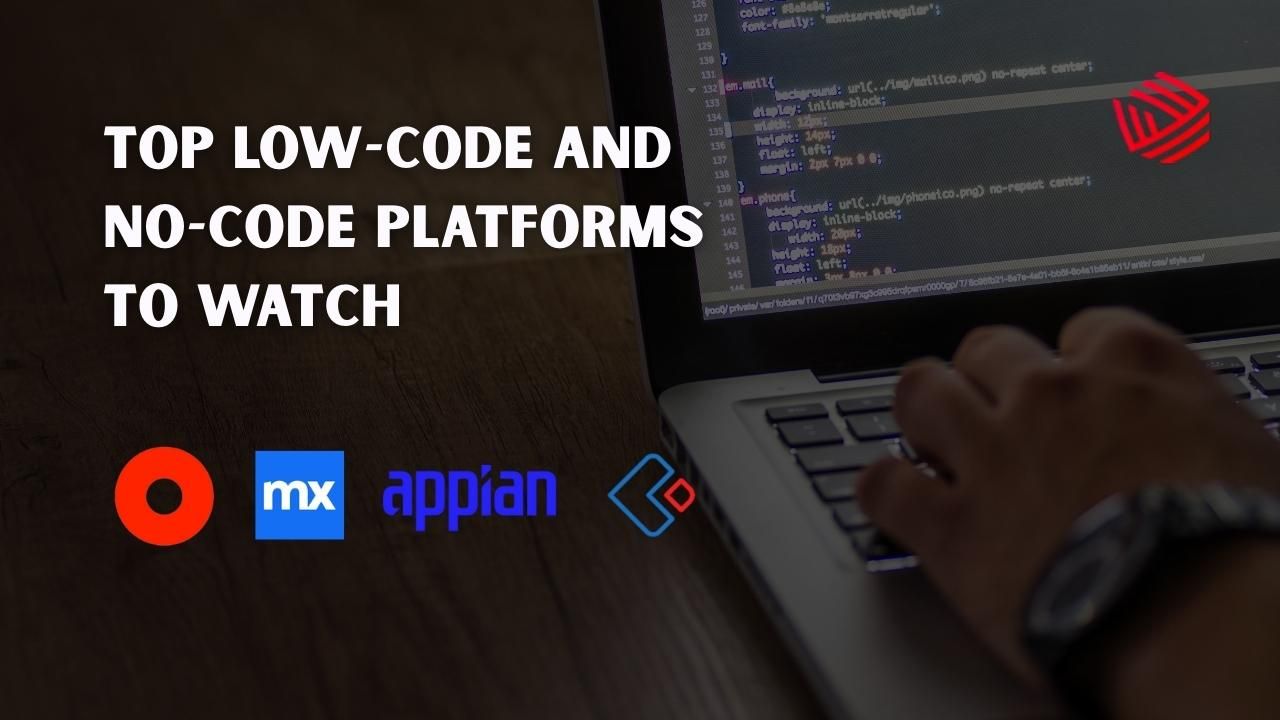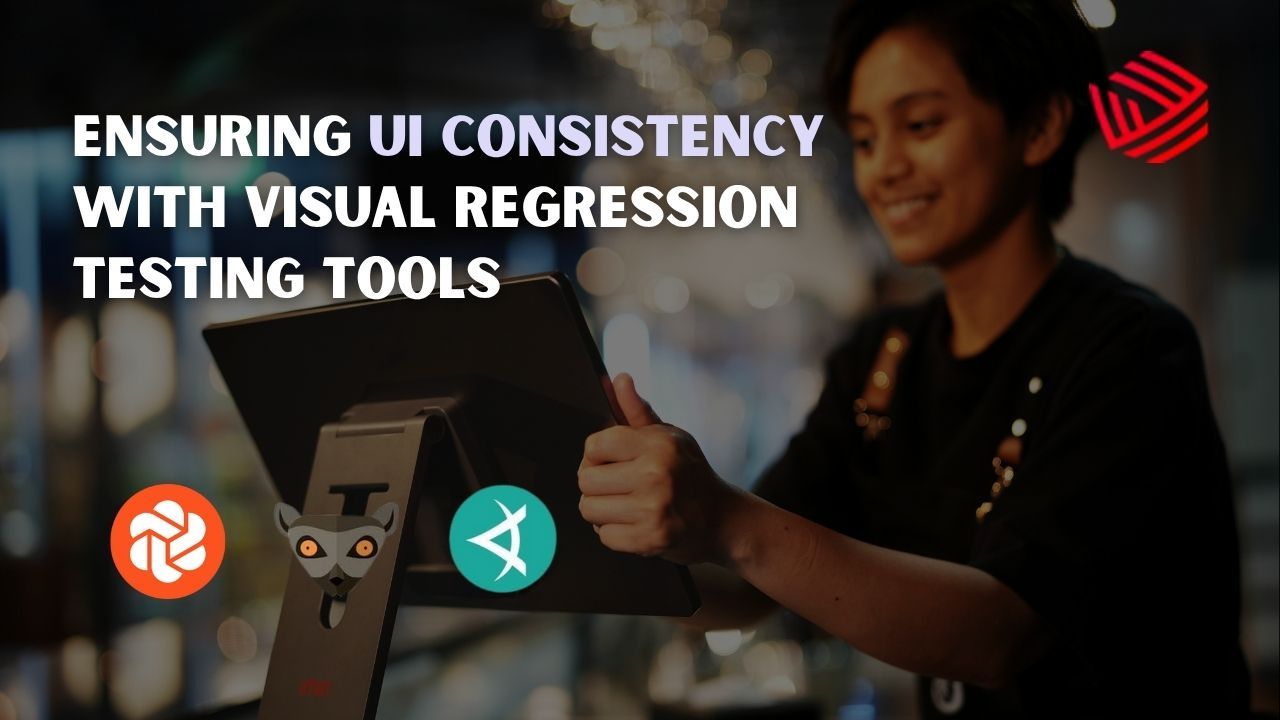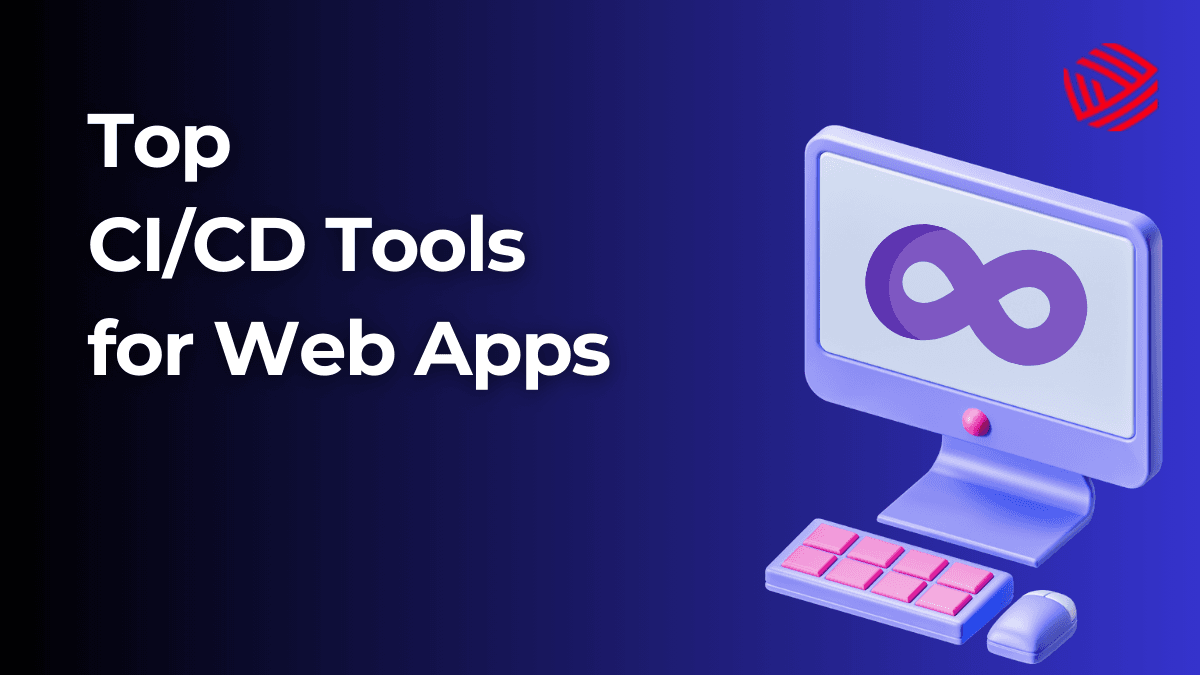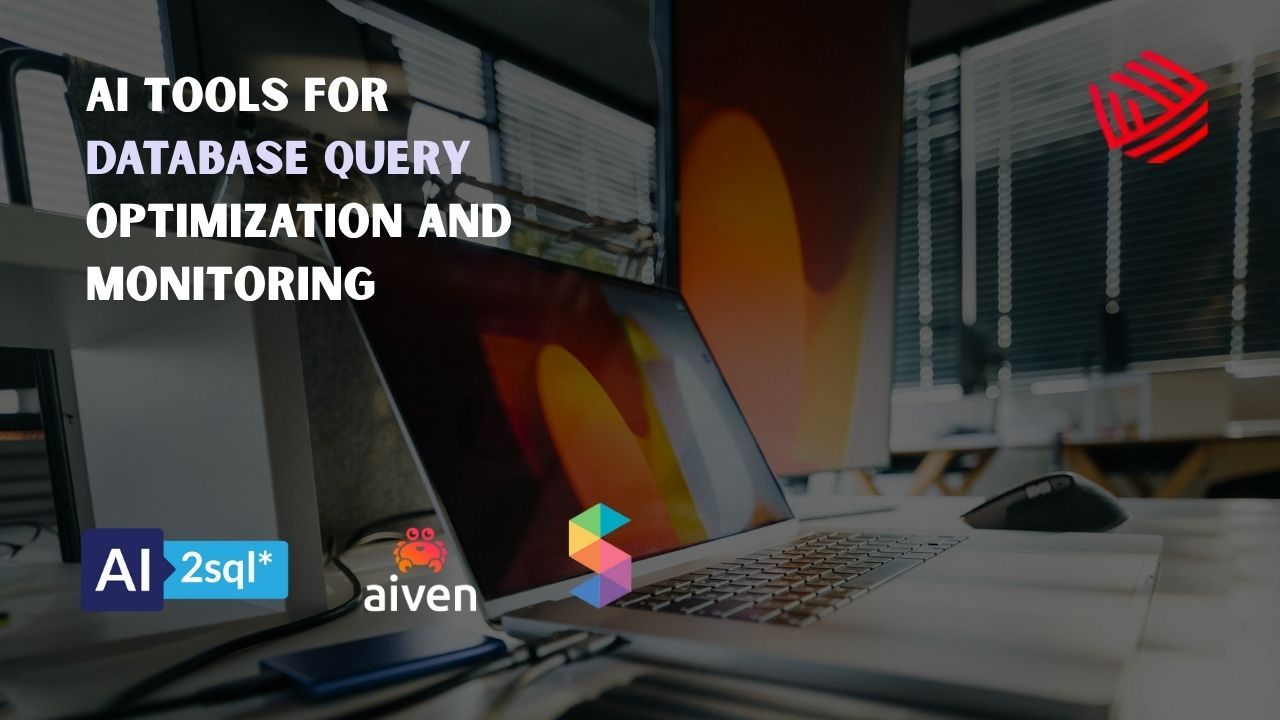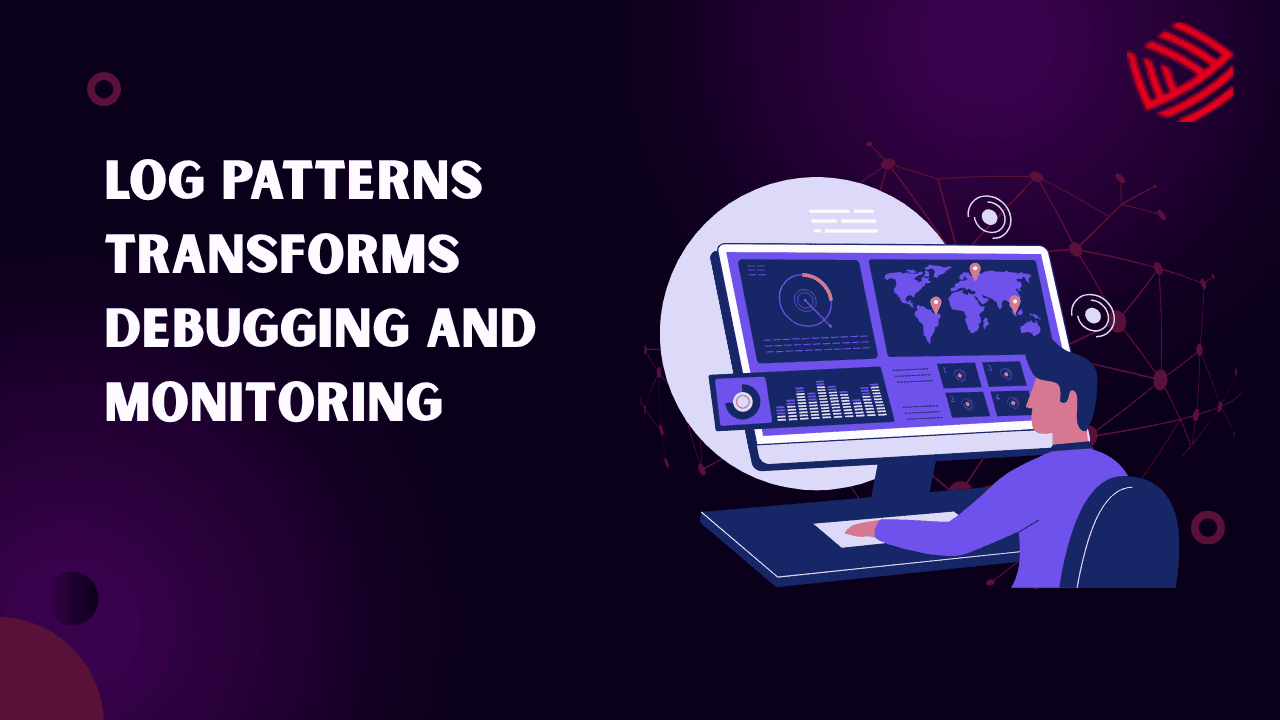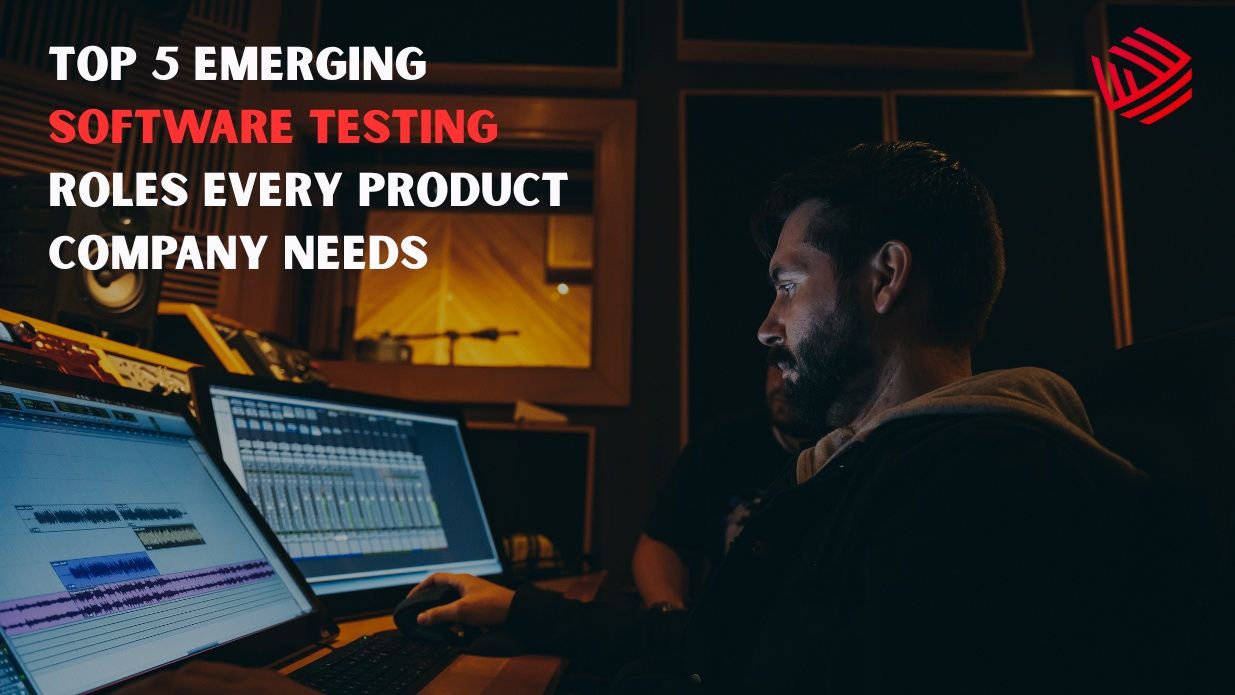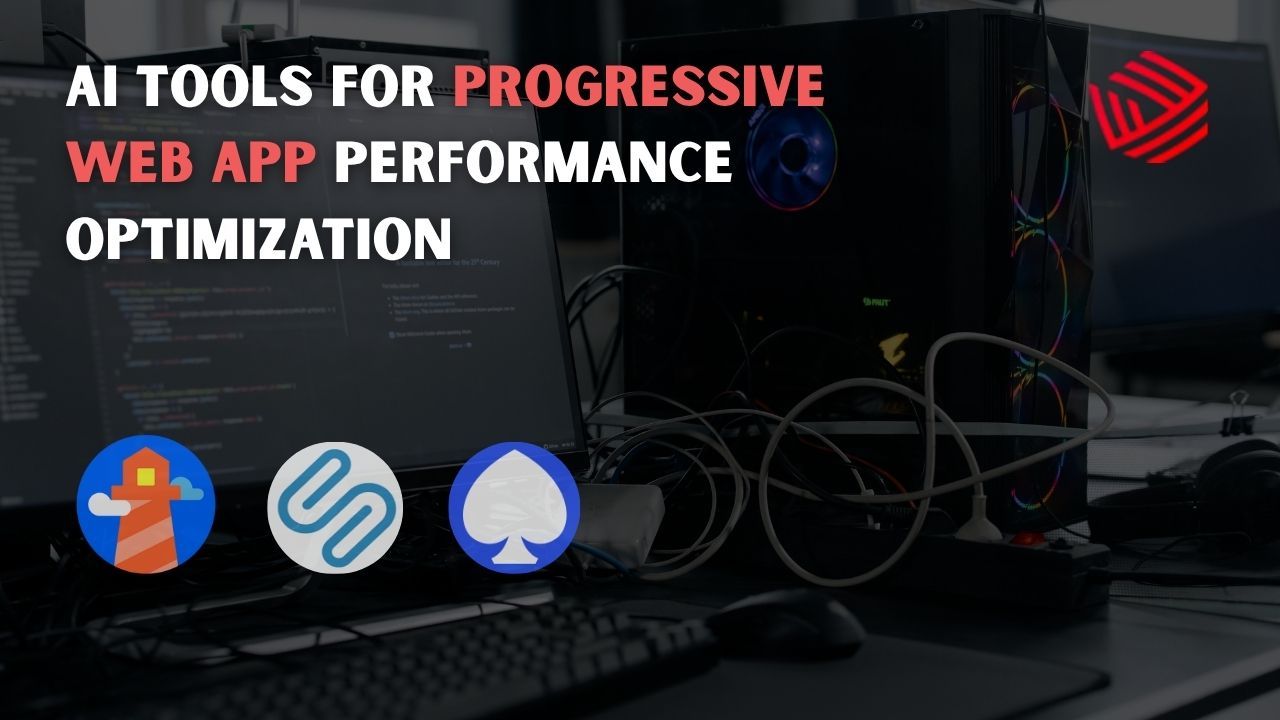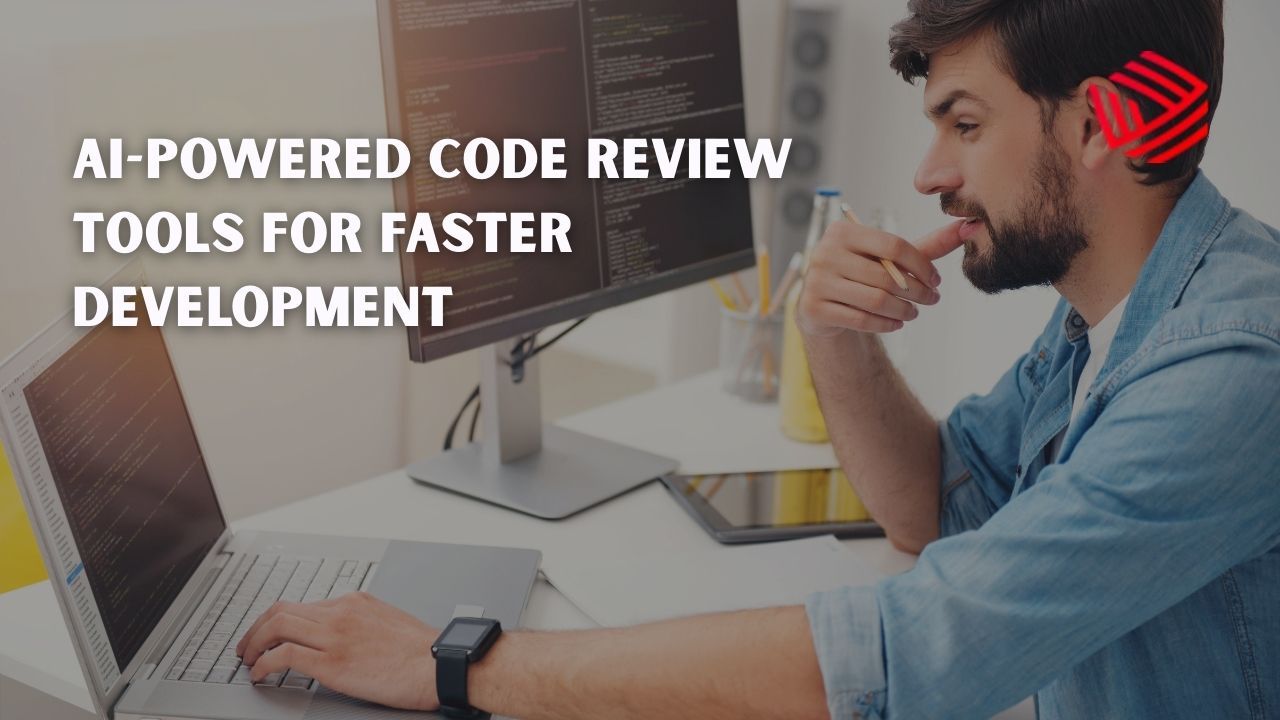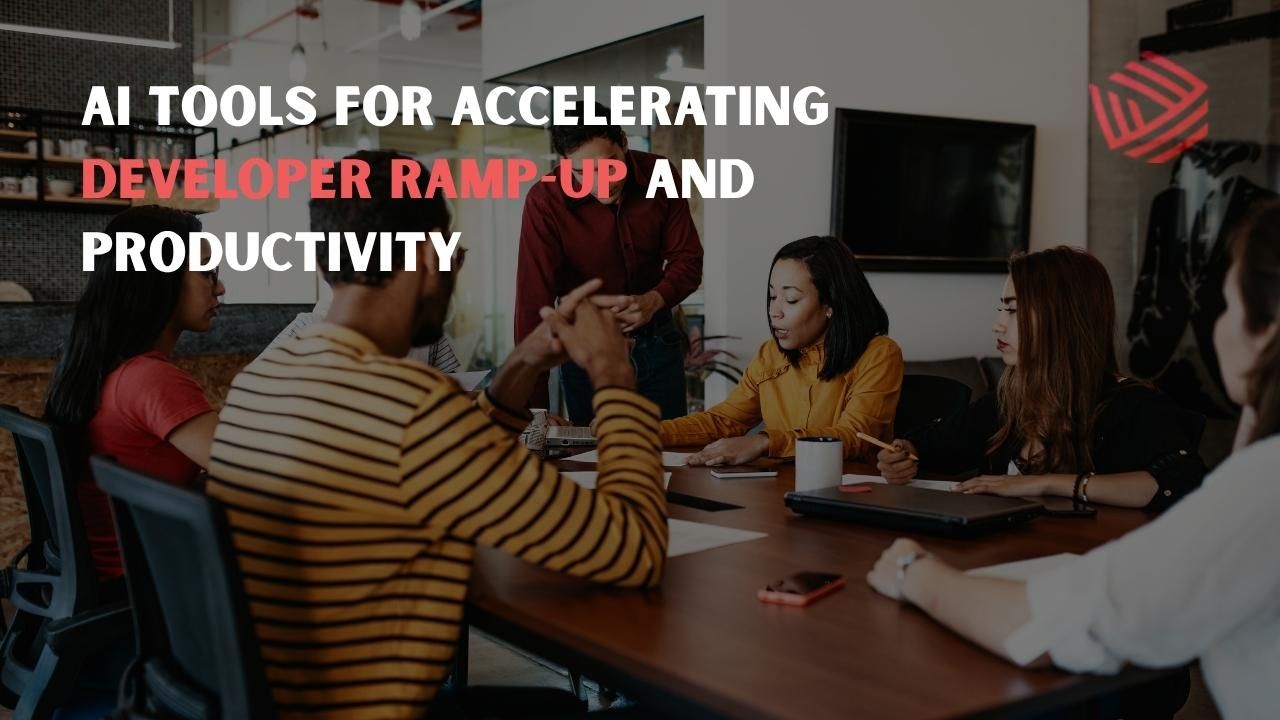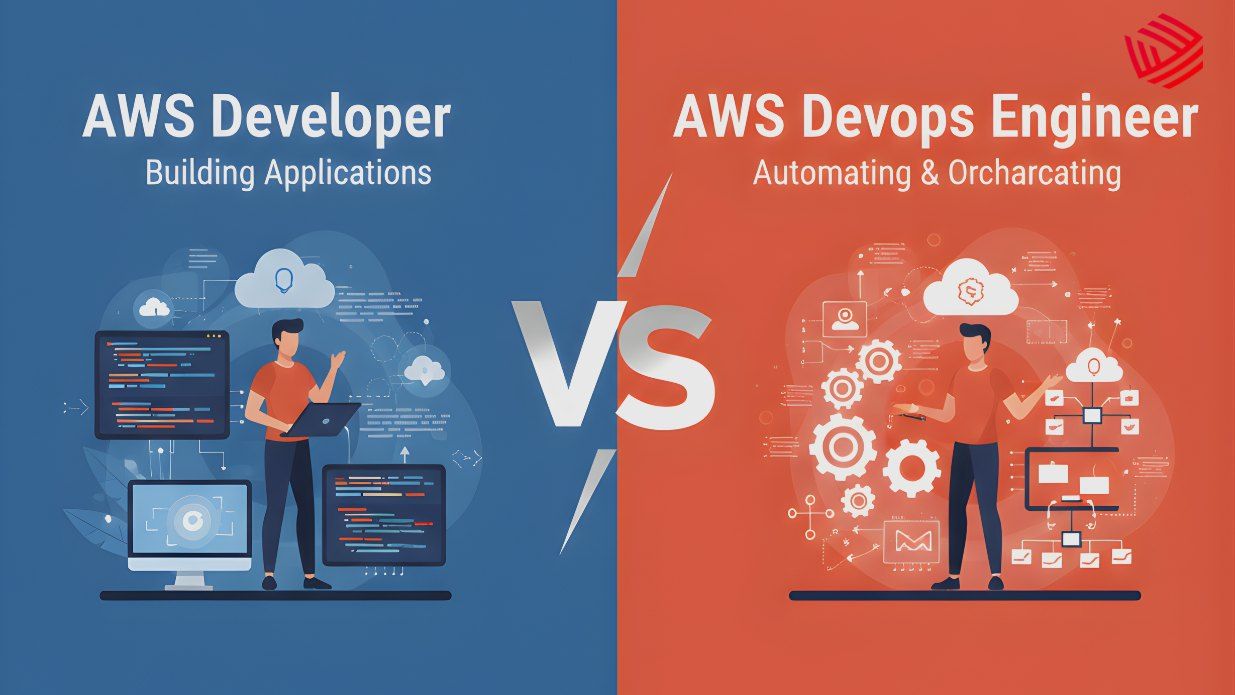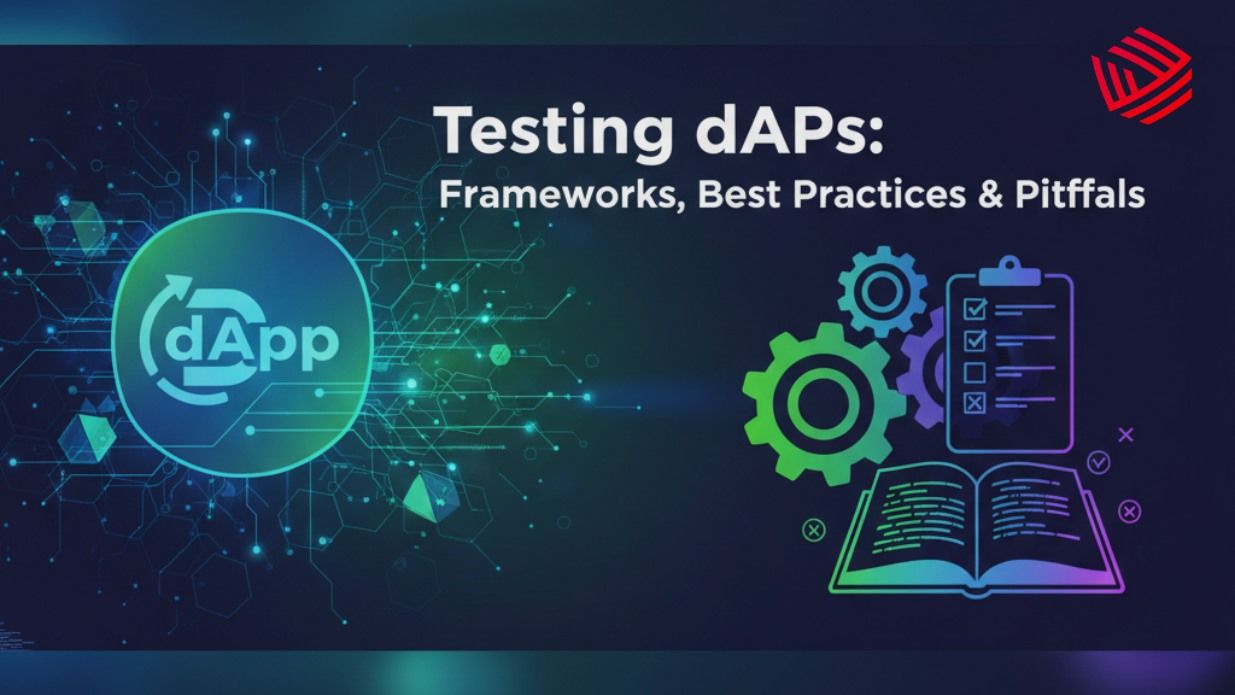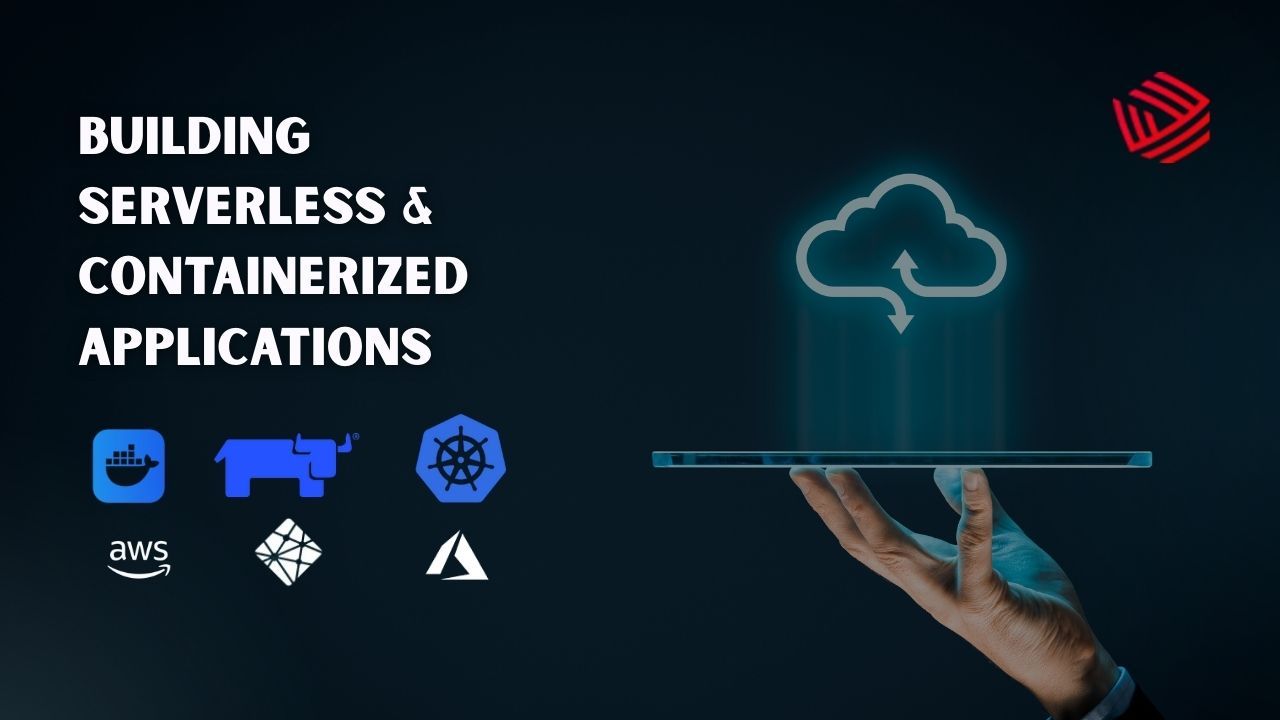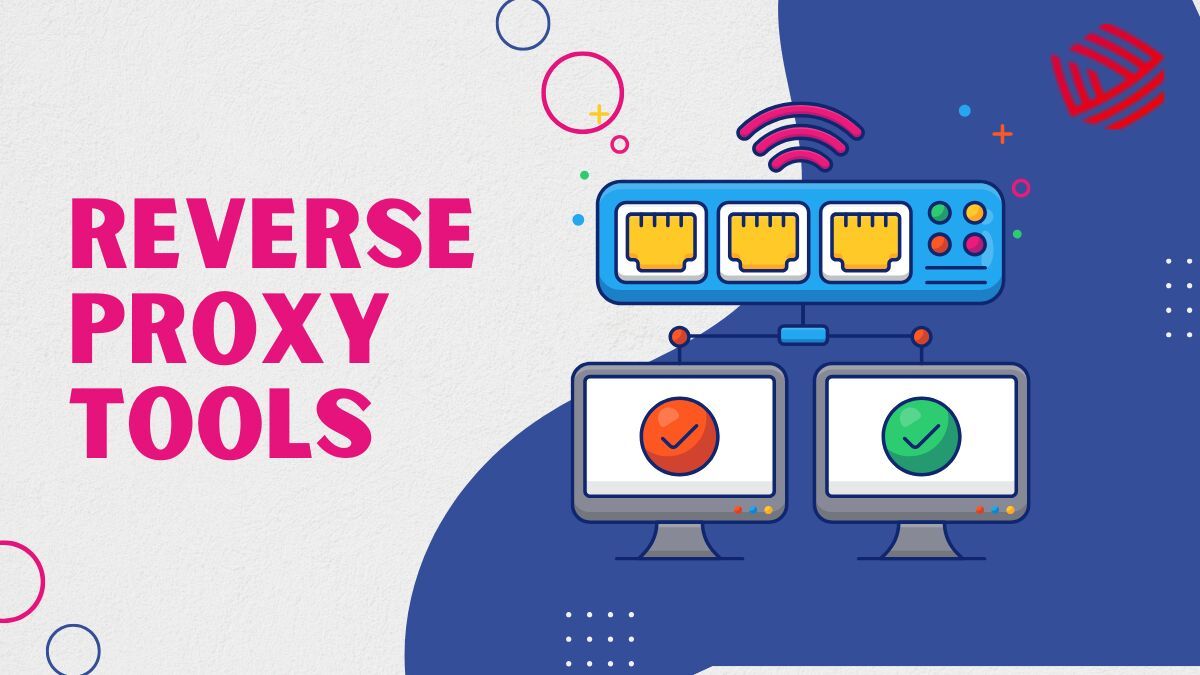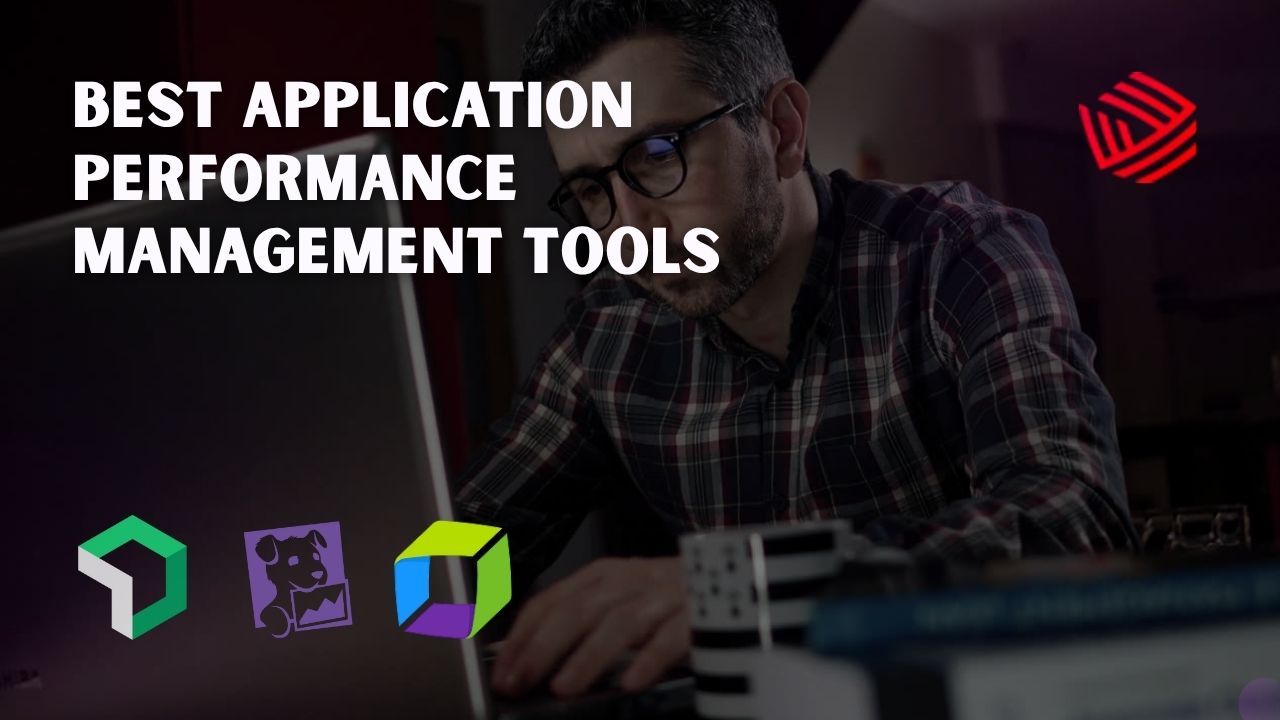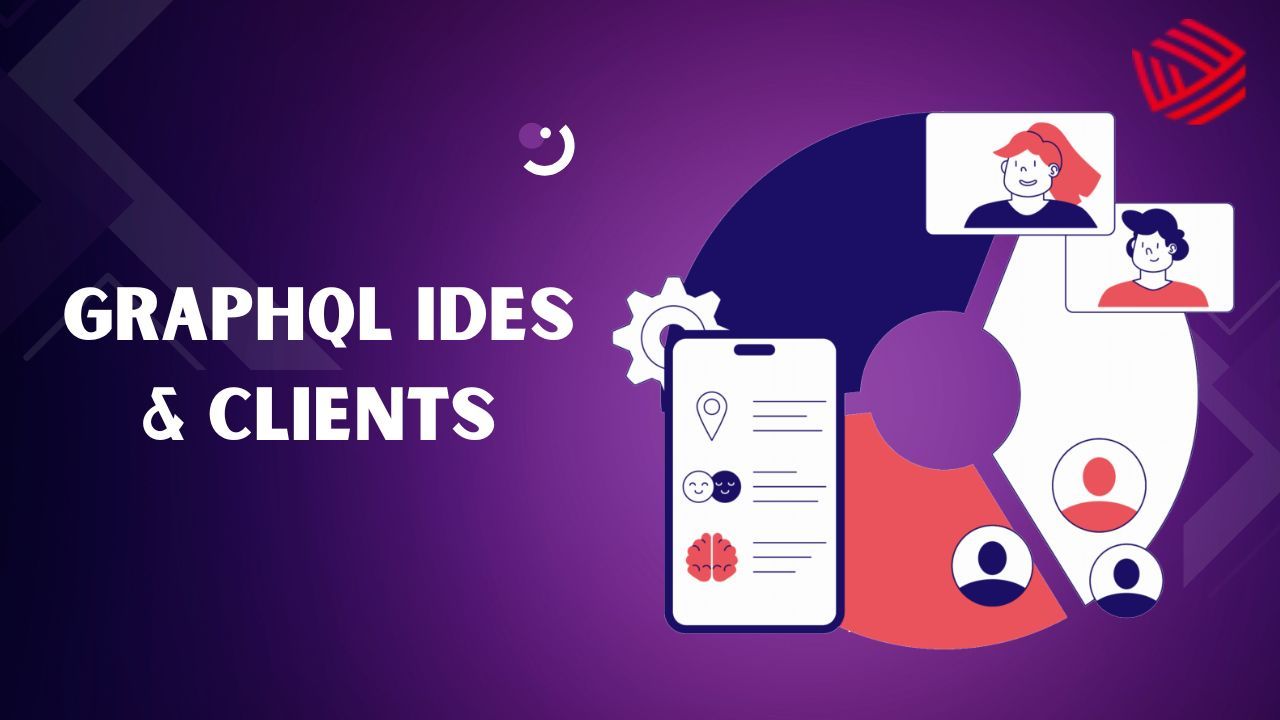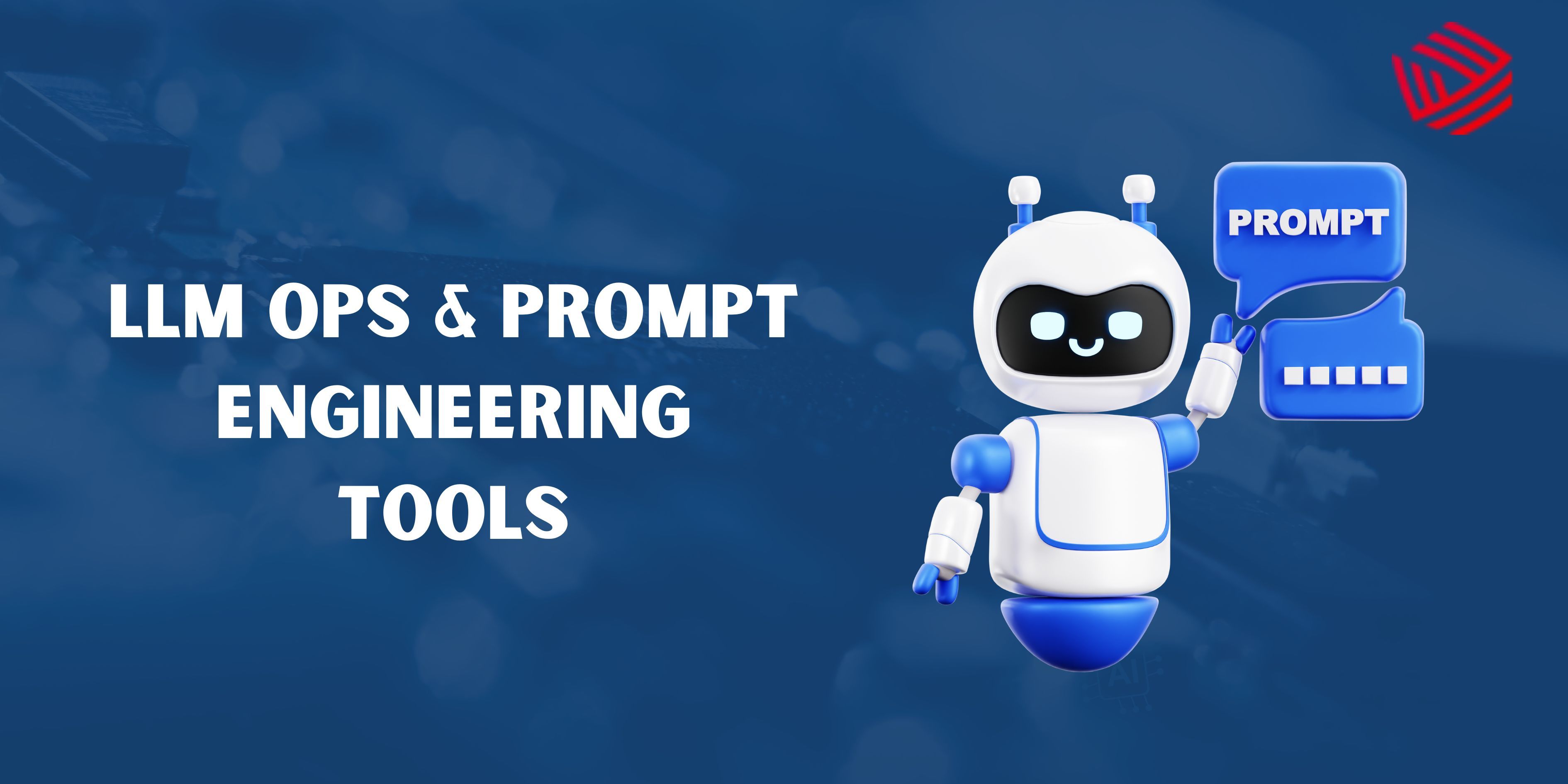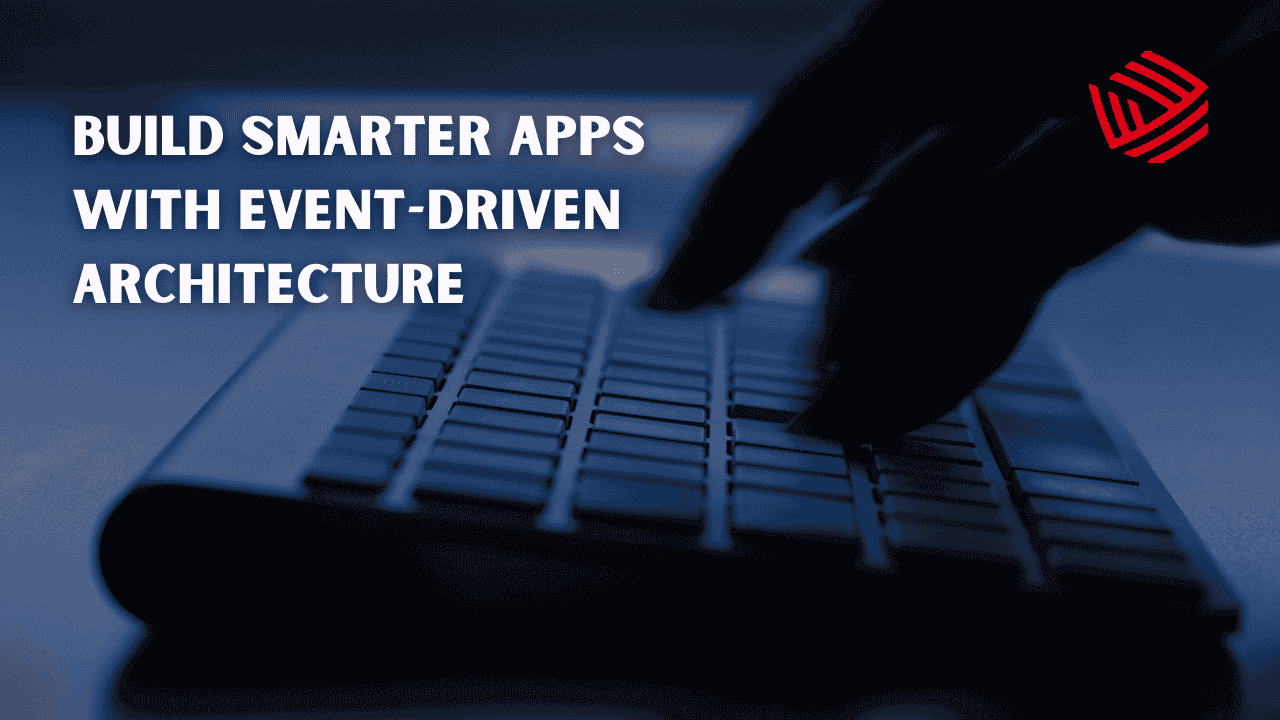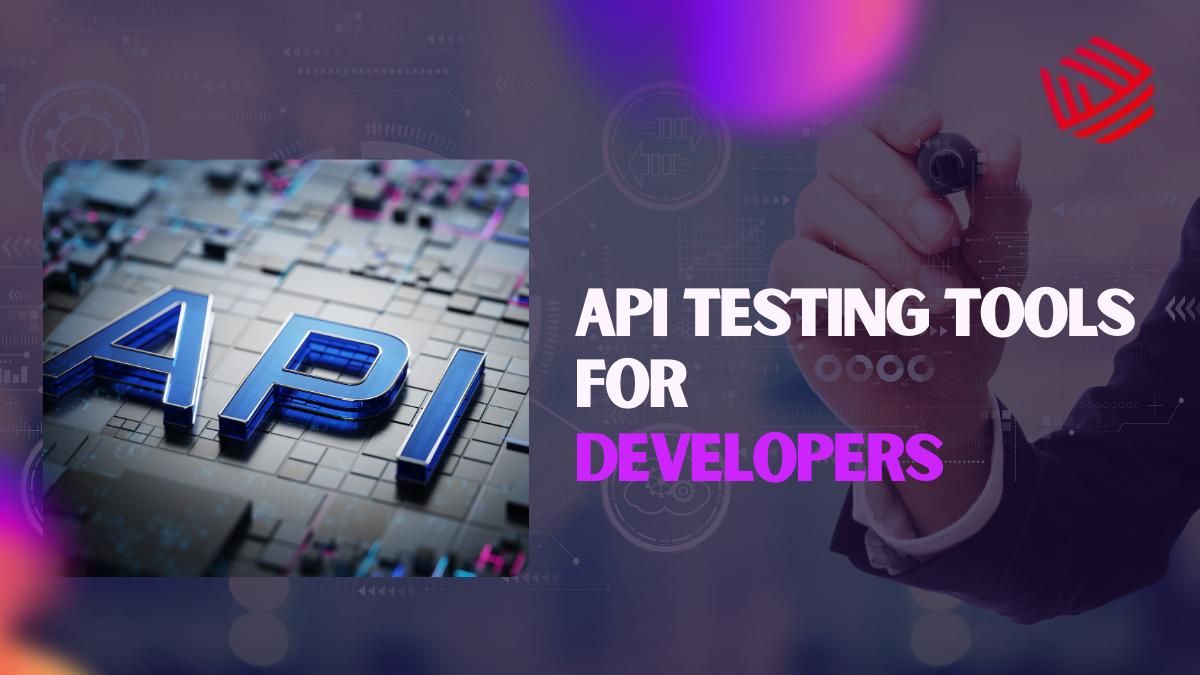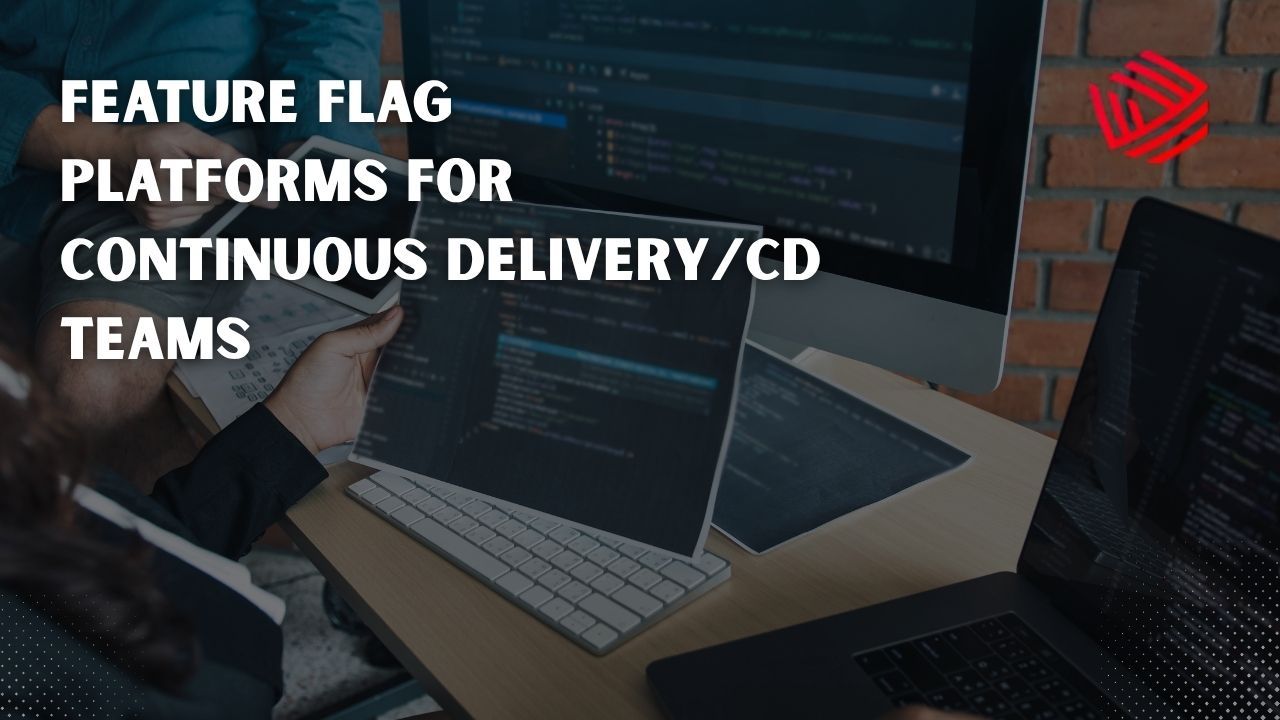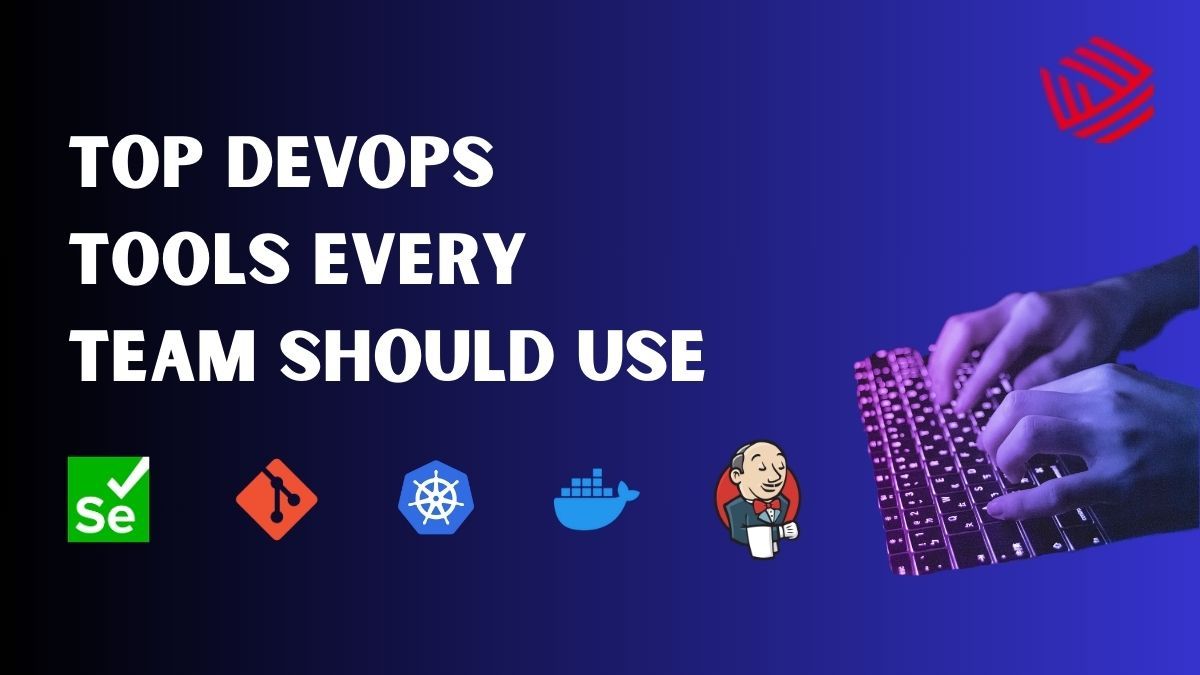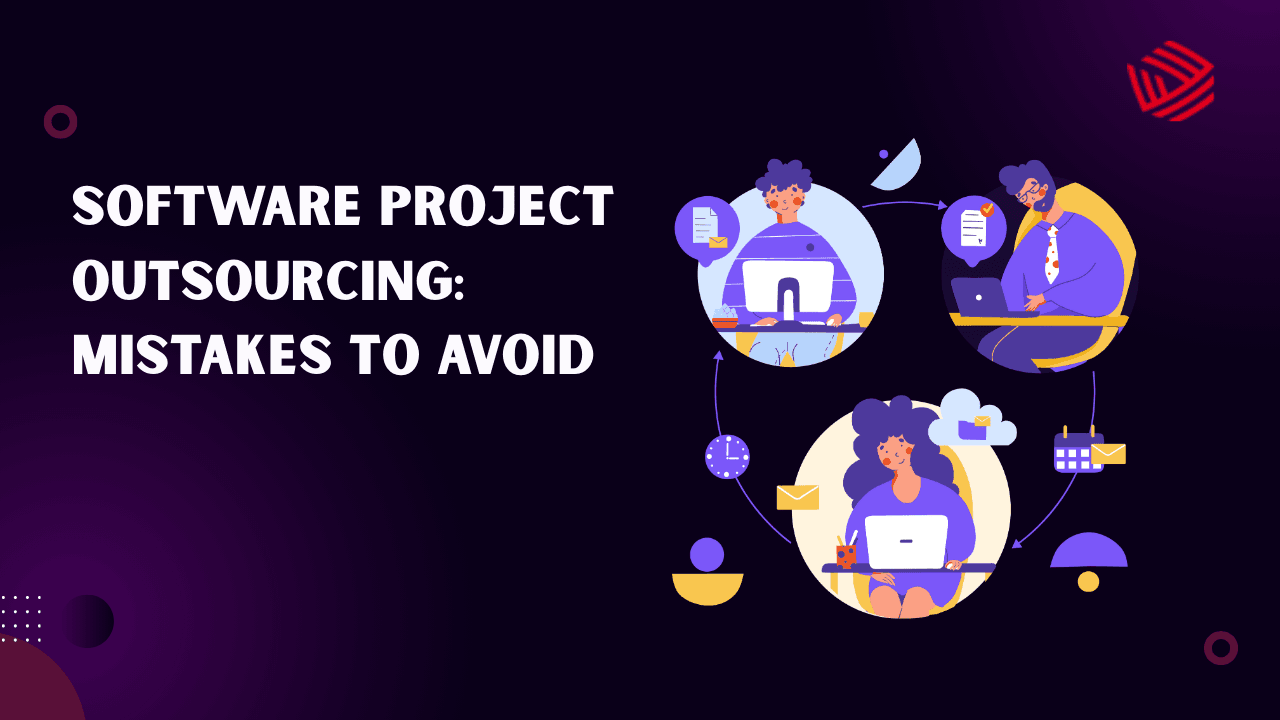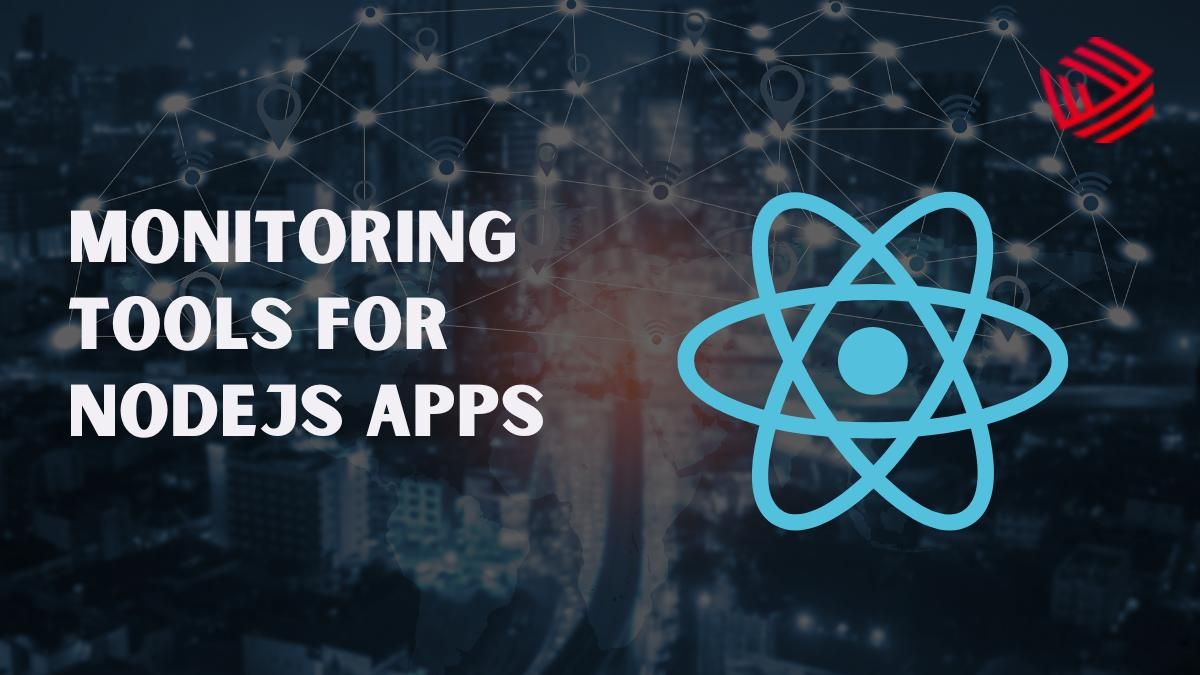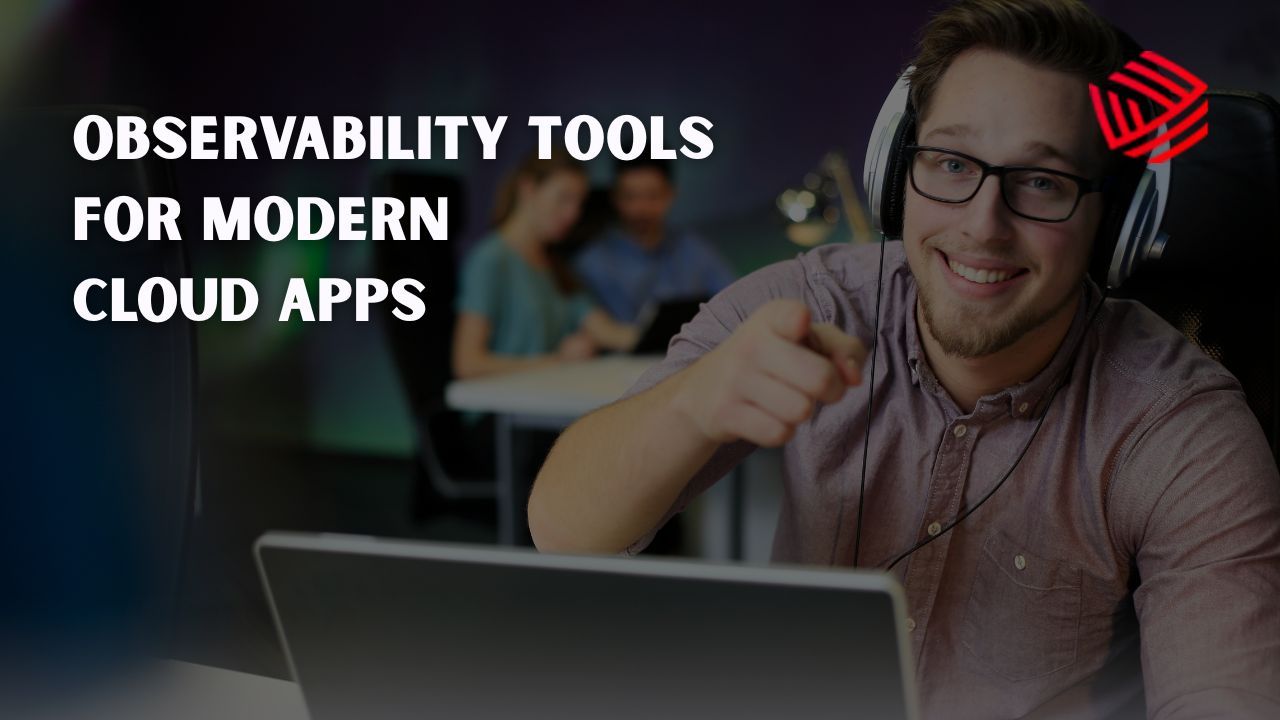Low-code and no-code (LCNC) platforms are transforming how businesses develop applications. By 2025, these platforms are not just for prototyping—they’re becoming essential for rapid digital transformation. This blog explores key trends and highlights the top LCNC platforms to watch, helping businesses make informed decisions.
LCNC platforms empower both professional developers and non-technical users, enabling faster app creation, automation, and workflow optimization. With AI integration, growing enterprise adoption, and enhanced security features, 2025 promises significant innovation in this space. Companies are increasingly relying on LCNC to reduce development cycles, improve agility, and respond quickly to market demands.
Why Low-Code and No-Code Are Gaining Momentum
LCNC platforms reduce development time, lower costs, and democratize application creation. Businesses can quickly build internal tools, customer apps, and dashboards without relying solely on traditional developers.
In addition, LCNC platforms are increasingly being used for mission-critical applications beyond simple prototypes. AI-powered features and seamless integrations make these platforms more capable than ever. Organizations are adopting LCNC solutions to improve efficiency, foster innovation, and stay competitive in fast-moving markets. The rise of “citizen developers” within organizations also demonstrates the growing trust in these platforms for business-critical solutions.
Key Trends in Low-Code and No-Code for 2025
AI-assisted development and python development is becoming standard, enabling platforms to generate workflows, UIs, and logic automatically. Integration-first platforms connect seamlessly with enterprise systems and SaaS applications.
Enterprise governance, security, and industry-specific tools are driving adoption across healthcare, fintech, and education. Fusion teams of business users and professional developers are shaping application development, ensuring that solutions are both innovative and compliant. Platforms are also incorporating predictive analytics, real-time monitoring, and AI-powered testing, which further enhances the reliability of LCNC applications.
How to Choose the Right LCNC Platform
Consider the target user: citizen developers or professional developers. Evaluate scalability, integrations, and security features before selecting a platform.
Community support, templates, and prebuilt components also matter, as well as pricing models and potential vendor lock-in. Look for platforms that offer cross-platform capabilities, AI assistance, and workflow automation, as these features maximize the ROI of LCNC adoption. A well-chosen platform balances ease of use with long-term enterprise requirements.
Top Low-Code and No-Code Platforms to Watch in 2025
1. OutSystems
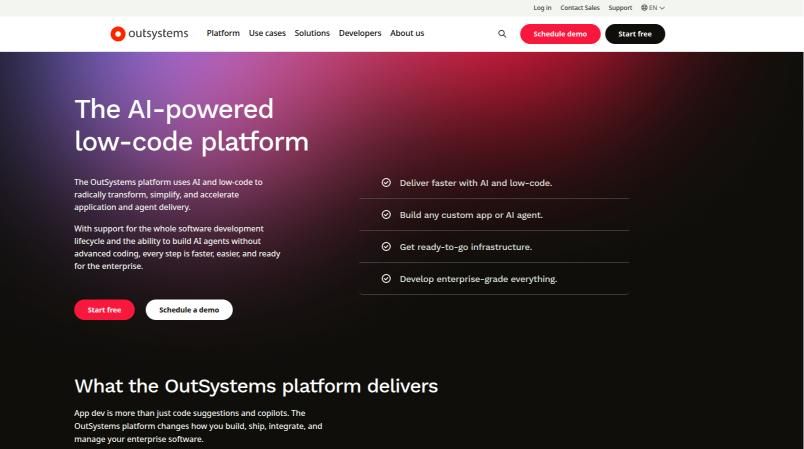
OutSystems is a leading enterprise low-code platform with a visual interface and AI-assisted development. It enables rapid app creation while maintaining security and scalability.
In 2025, OutSystems is ideal for mobile, web, and progressive web apps, supporting cross-departmental solutions and mission-critical enterprise applications. Its AI-assisted features also help predict potential bottlenecks and optimize workflows, making large-scale projects more manageable.
2. Mendix
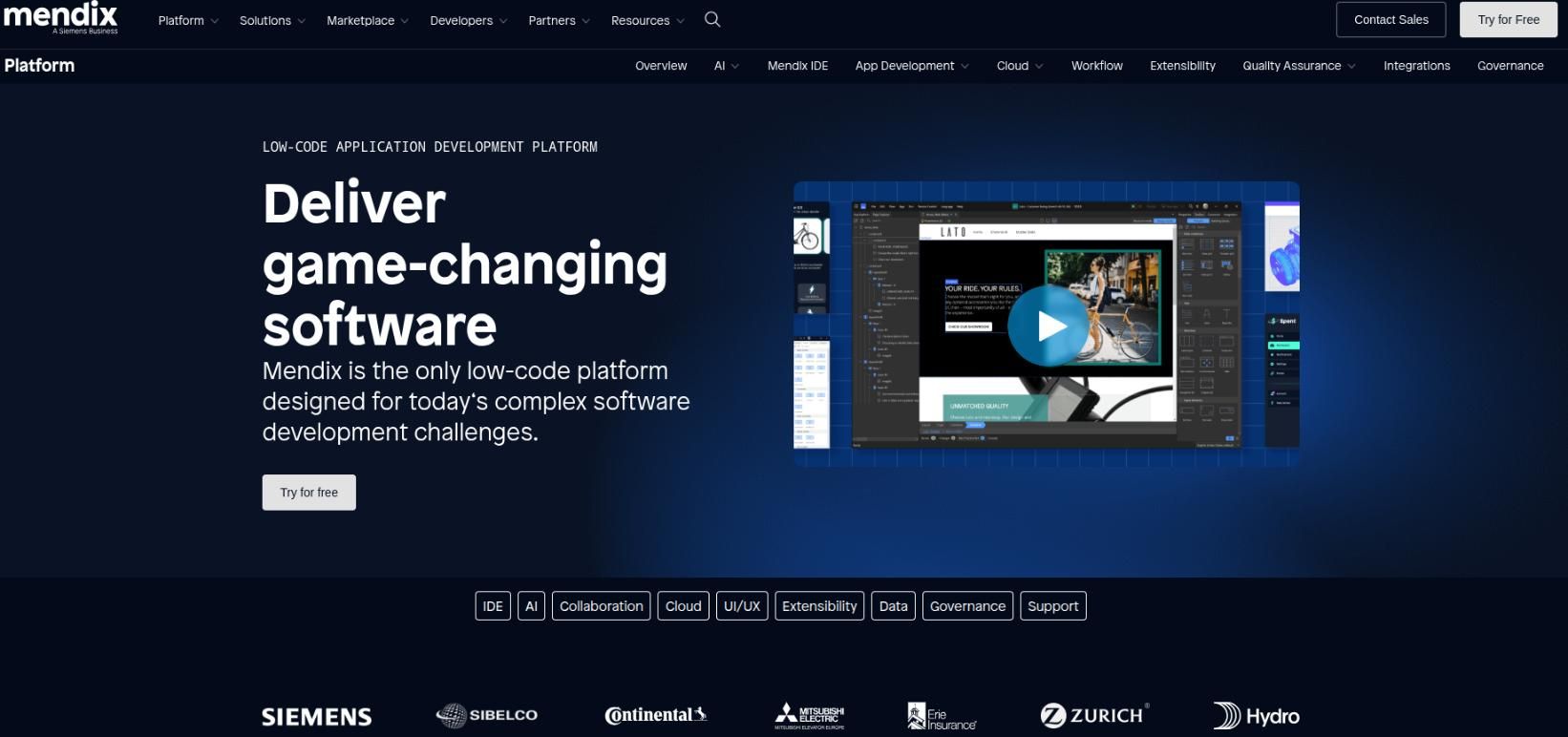
Mendix allows both developers and business users to co-build apps with visual modeling and reusable components. It accelerates prototyping and reduces development costs.
With cloud-native architecture and AI-assisted insights, Mendix is suitable for internal workflows, customer apps, and complex enterprise solutions in 2025. Its collaboration tools allow fusion teams to work seamlessly, ensuring business logic and technical requirements are aligned.
3. Bubble
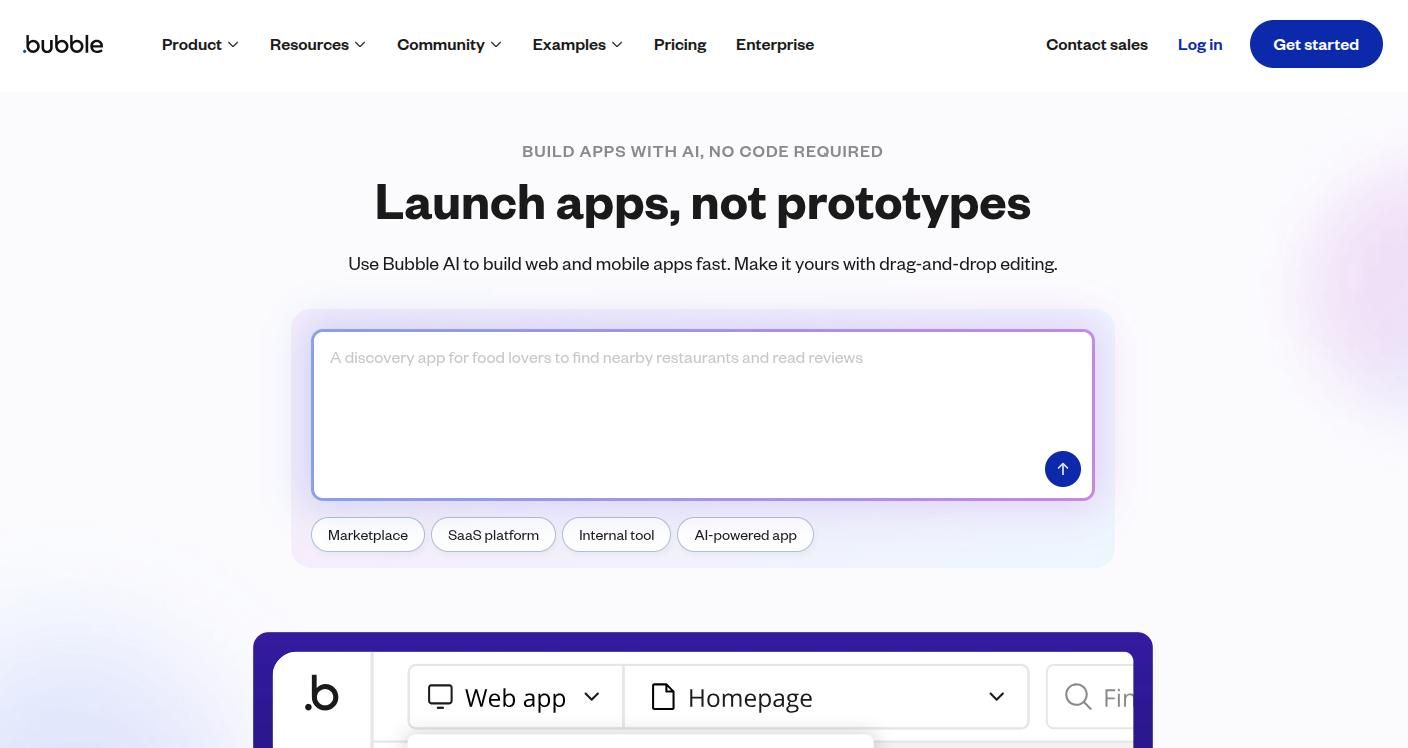
Bubble is a no-code platform perfect for startups and small businesses. Its drag-and-drop editor allows users to create web applications, marketplaces, and dashboards without coding.
In 2025, Bubble continues to support API integrations and plugin extensions, making it easy to launch MVPs and scale web applications quickly. Entrepreneurs benefit from its flexibility to test business ideas rapidly while iterating based on real user feedback.
4. Retool
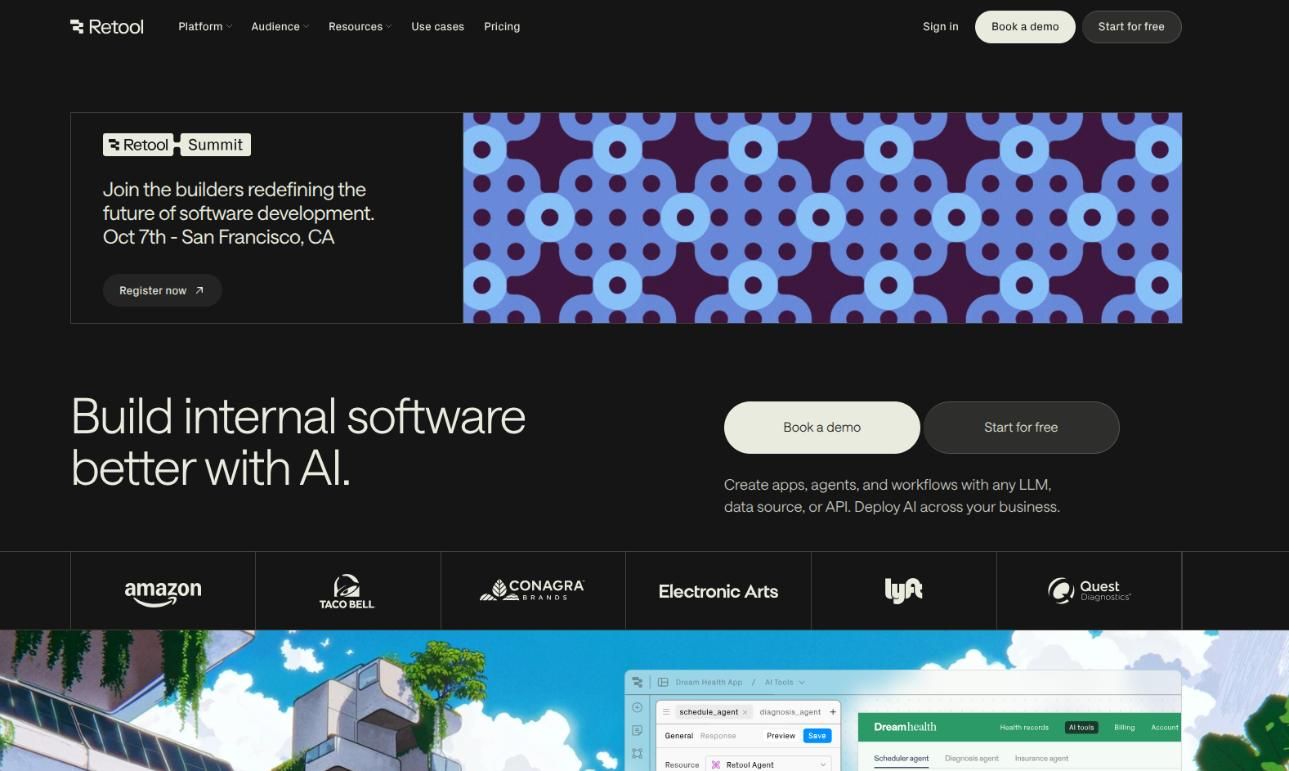
Retool specializes in internal tools, dashboards, and data-driven applications. It connects databases and APIs for fast operational app creation.
With AI templates and enterprise-grade security, Retool helps teams reduce reliance on custom development while improving productivity and internal workflows. In 2025, Retool is particularly effective for finance, logistics, and customer support operations that require quick data visualization and reporting.
5. Appian
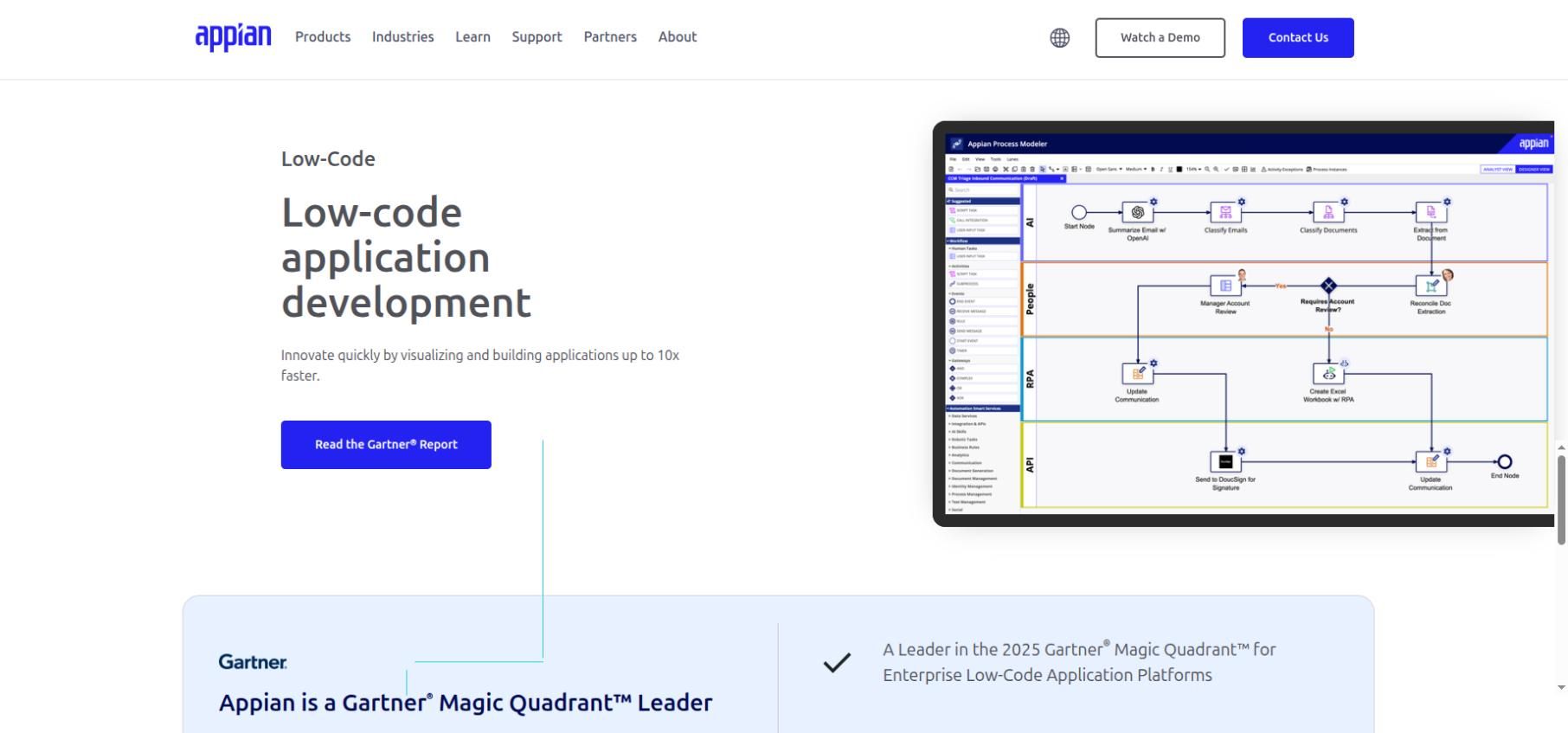
Appian focuses on business process automation and case management with low-code tools. It simplifies complex operational applications while maintaining compliance.
In 2025, Appian integrates AI insights and third-party services to optimize large-scale enterprise applications, such as insurance, healthcare, and finance systems. Its process automation and workflow management capabilities help organizations reduce operational inefficiencies and improve decision-making speed.
6. Zoho Creator
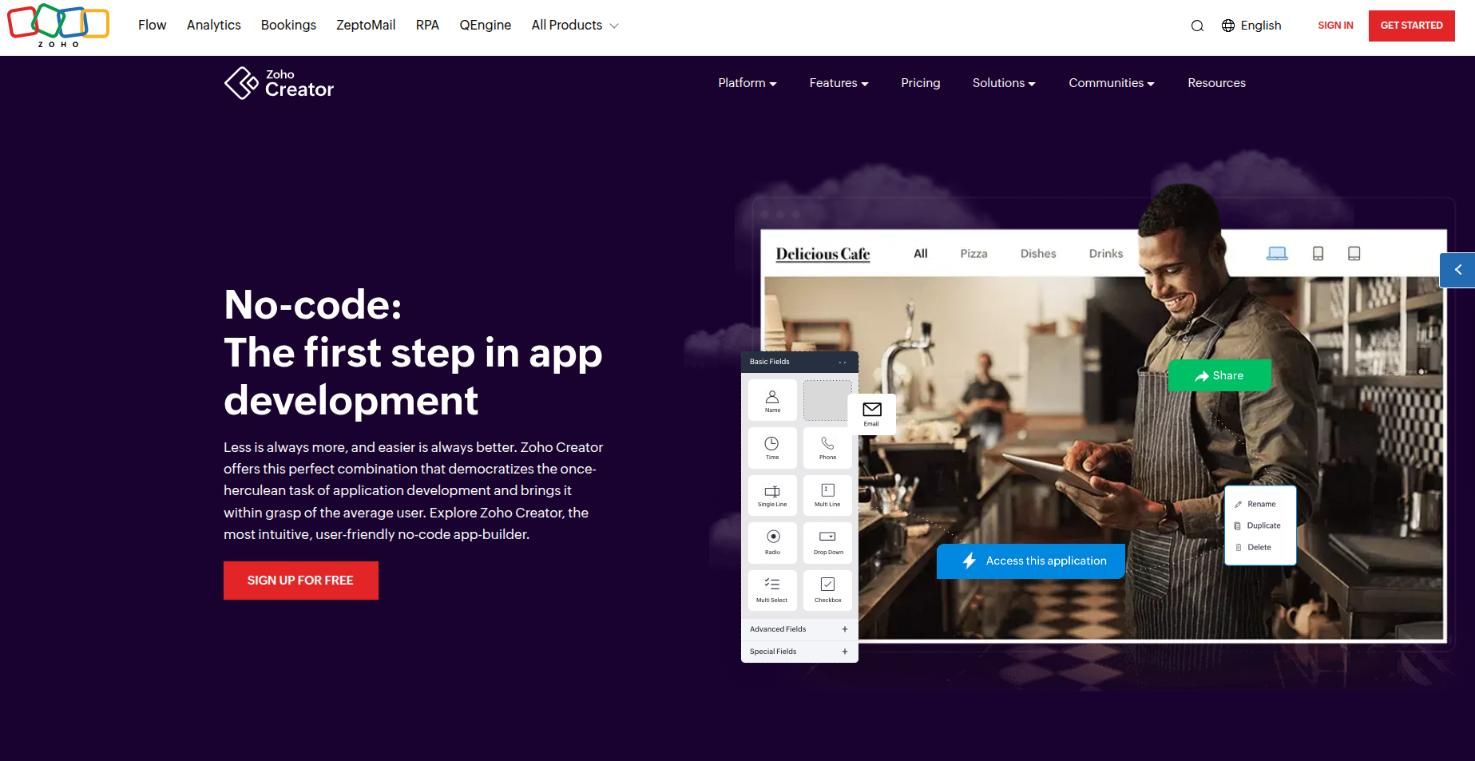
Zoho Creator is a no-code platform for SMEs, offering drag-and-drop forms, workflows, and database management. It’s easy to learn and cost-effective.
In 2025, Zoho Creator supports cross-platform apps and prebuilt templates, making it ideal for internal operations, customer engagement, and process automation. Its low learning curve allows business users to create solutions independently, freeing IT teams for more complex development tasks.
7. Microsoft Power Apps
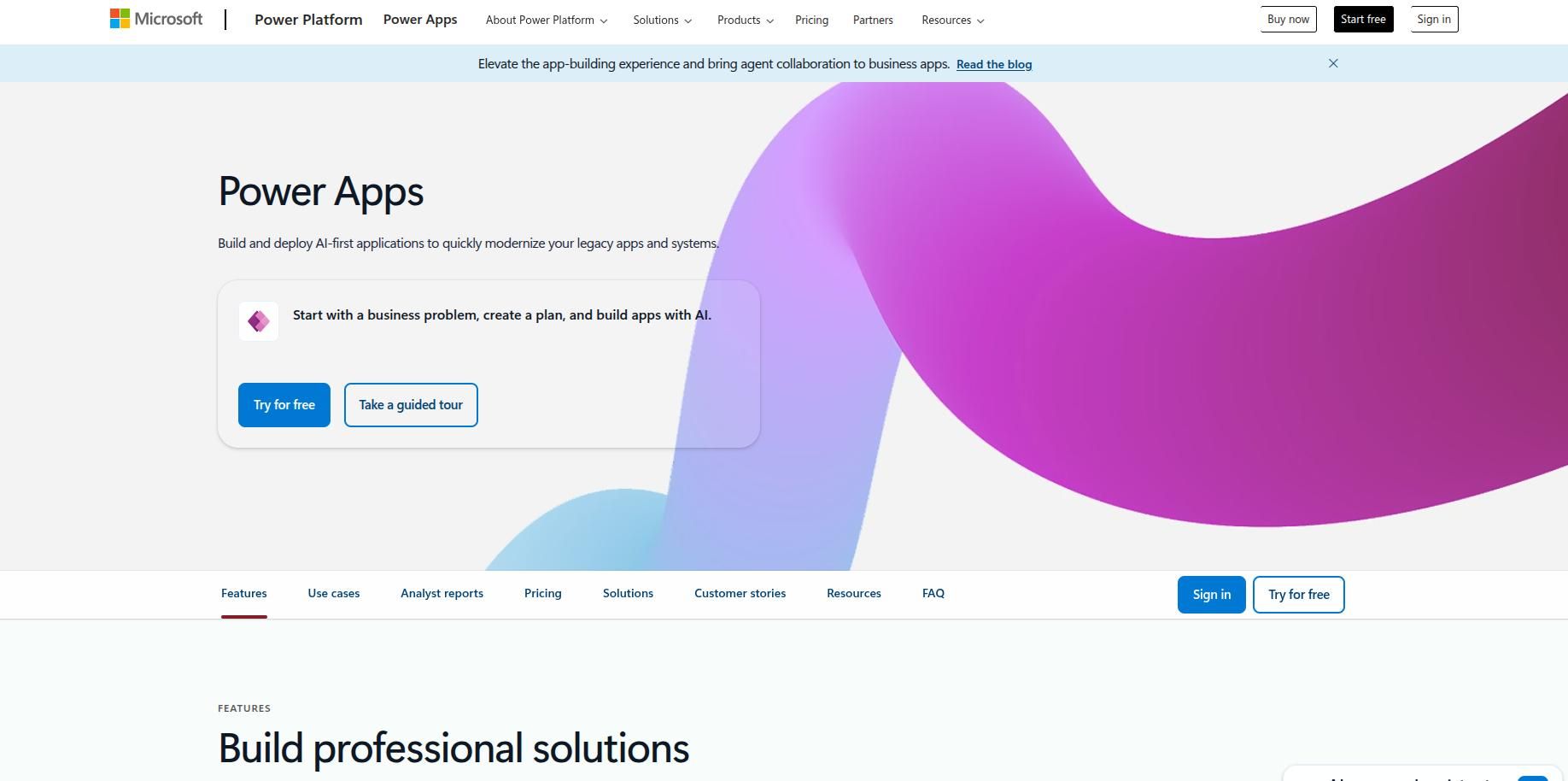
Microsoft Power Apps integrates with the Microsoft 365 ecosystem, enabling drag-and-drop app creation and AI-powered automation.
In 2025, it allows enterprises to streamline workflows, automate tasks, and build apps that integrate seamlessly with Teams, SharePoint, and Dynamics 365. Its hybrid approach ensures both non-technical users and professional developers can collaborate efficiently to build scalable enterprise solutions.
Benefits of Adopting LCNC Platforms
LCNC platforms accelerate prototyping, reduce development costs, and foster collaboration between IT and business teams. They empower organizations to innovate quickly and efficiently.
Organizations also benefit from faster time-to-market, easier workflow automation, and the ability to test ideas without heavy development investment. Democratizing application development enables non-technical users to solve problems directly, while developers focus on complex or mission-critical solutions.
Challenges and Considerations
Scaling apps beyond departmental use can be challenging. Vendor lock-in, security, and compliance require careful planning.
Organizations should define clear governance policies, provide adequate training for citizen developers, and monitor application performance regularly. Balancing ease-of-use with enterprise-grade security and scalability is key to long-term LCNC success.
Real-World Use Cases
Companies like Airbus and GE Healthcare are leveraging LCNC platforms to streamline workflows, reduce bottlenecks, and improve operational efficiency. Startups use Bubble or Zoho Creator to launch MVPs in weeks instead of months, validating business ideas quickly.
Internal tools, customer-facing apps, dashboards, and automation workflows are some of the most common applications in 2025, showing that LCNC platforms can support both strategic enterprise projects and rapid innovation initiatives.
Conclusion
LCNC platforms are redefining application development in 2025. Businesses can innovate faster, reduce costs, and empower teams through these tools. Choosing the right platform, maintaining governance, leveraging AI features, and combining LCNC with professional development oversight ensures maximum impact. These platforms are not just trends—they’re strategic enablers for digital transformation and the future of work.
Beyond efficiency and cost savings, LCNC platforms also foster a culture of innovation by enabling “citizen developers” to actively contribute to digital solutions. As businesses face increasing pressure to adapt quickly, these platforms bridge the gap between IT and business teams, ensuring continuous improvement and faster response to market changes. Organizations that embrace LCNC in 2025 position themselves not just as adopters of technology, but as leaders in shaping the future of digital-first enterprises.

